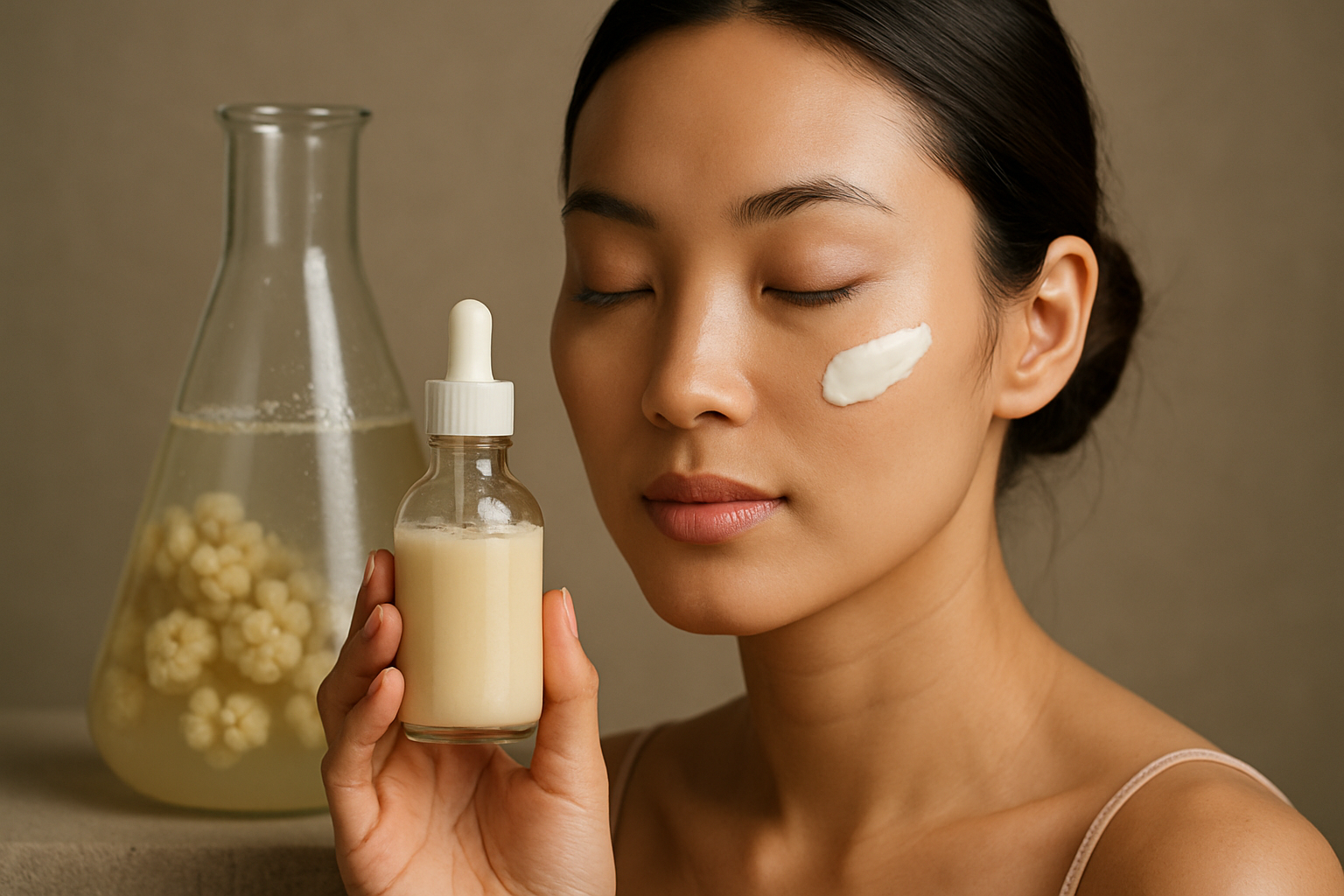Bioactive Glass: The Future of Skincare and Wound Healing
Imagine a material so versatile it can repair your skin, fight bacteria, and even regenerate bone. This isn't science fiction, but the remarkable reality of bioactive glass. Born from the fusion of materials science and medical research, bioactive glass is revolutionizing both skincare and medical treatments. Its unique properties allow it to interact with human tissues, promoting healing and regeneration in ways traditional materials cannot. As we delve into the world of bioactive glass, we'll uncover its fascinating history, explore its current applications, and peek into the future of this groundbreaking technology that's set to transform our approach to beauty and health.

The key to bioactive glass lies in its composition. Typically made from silicon dioxide, sodium oxide, calcium oxide, and phosphorus pentoxide, it can form strong bonds with both hard and soft tissues in the body. When exposed to bodily fluids, the surface of bioactive glass undergoes a series of chemical reactions, forming a layer of hydroxyapatite – the main mineral component of bone and teeth.
Mechanism of Action in Skincare
In the realm of skincare, bioactive glass has found a new purpose beyond its original bone-regenerating properties. When applied to the skin, bioactive glass particles interact with the skin’s natural moisture, initiating a controlled release of beneficial ions. This process stimulates collagen production, promotes cell regeneration, and creates an environment hostile to harmful bacteria.
The silicon and calcium ions released by bioactive glass play crucial roles in skin health. Silicon is essential for collagen synthesis and skin elasticity, while calcium aids in cell renewal and barrier function. Additionally, the alkaline nature of bioactive glass helps to balance the skin’s pH, creating an optimal environment for healing and rejuvenation.
Current Applications in Beauty and Wellness
The beauty industry has begun to harness the power of bioactive glass in various innovative products. High-end skincare lines are incorporating bioactive glass into serums and creams designed to combat signs of aging. These products claim to improve skin texture, reduce fine lines, and enhance overall skin health by stimulating the body’s natural regenerative processes.
One particularly exciting application is in acne treatment. Bioactive glass has shown promise in controlling acne-causing bacteria without the harsh side effects often associated with traditional acne medications. By creating an inhospitable environment for bacteria while simultaneously promoting skin healing, bioactive glass offers a gentler yet effective approach to acne management.
In the realm of hair care, researchers are exploring the potential of bioactive glass to strengthen hair follicles and promote healthy hair growth. Early studies suggest that the silicon released by bioactive glass could play a role in improving hair thickness and strength.
Medical Applications and Wound Healing
While its beauty applications are exciting, the medical field is where bioactive glass truly shines. In wound care, bioactive glass has shown remarkable ability to accelerate healing and reduce scarring. When applied to wounds, it forms a protective layer that fights infection while stimulating the growth of new tissue.
Dental applications of bioactive glass are also gaining traction. Used in toothpastes and dental fillings, it can help remineralize teeth and repair early stages of tooth decay. Some dentists are even using bioactive glass as a bone graft material in dental implant procedures, leveraging its bone-regenerating properties.
Perhaps most promising is the use of bioactive glass in advanced wound dressings. These dressings not only protect the wound but actively participate in the healing process, releasing beneficial ions and creating an optimal environment for tissue regeneration.
Future Prospects and Challenges
The future of bioactive glass in beauty and wellness looks bright, with ongoing research exploring new compositions and applications. Scientists are working on developing bioactive glass nanoparticles that could penetrate deeper into the skin, potentially offering even more dramatic anti-aging effects.
In the medical field, researchers are investigating bioactive glass scaffolds for tissue engineering, potentially revolutionizing the treatment of burns and chronic wounds. There’s also interest in using bioactive glass as a drug delivery system, allowing for controlled release of medications directly at the site of injury or disease.
However, challenges remain. The cost of producing high-quality bioactive glass is still relatively high, limiting its widespread use in consumer products. There are also regulatory hurdles to overcome, particularly for medical applications. Long-term studies on the safety and efficacy of bioactive glass in various applications are ongoing and will be crucial for its wider adoption.
Conclusion: A Glass Act in Health and Beauty
Bioactive glass stands at the intersection of materials science, medicine, and beauty, offering a glimpse into a future where our bodies’ natural healing processes are enhanced and supported by advanced materials. From skincare products that truly regenerate aging skin to medical treatments that accelerate healing and fight infection, bioactive glass is poised to transform our approach to health and beauty.
As research continues and new applications emerge, we may soon see bioactive glass become a common ingredient in our daily routines, silently working to keep our skin glowing, our wounds healing, and our bodies regenerating. The journey of bioactive glass from a bone-regenerating material to a multifaceted solution in beauty and wellness is a testament to the power of interdisciplinary research and innovation. As we look to the future, it’s clear that bioactive glass will play a significant role in shaping the next generation of beauty and health solutions.





